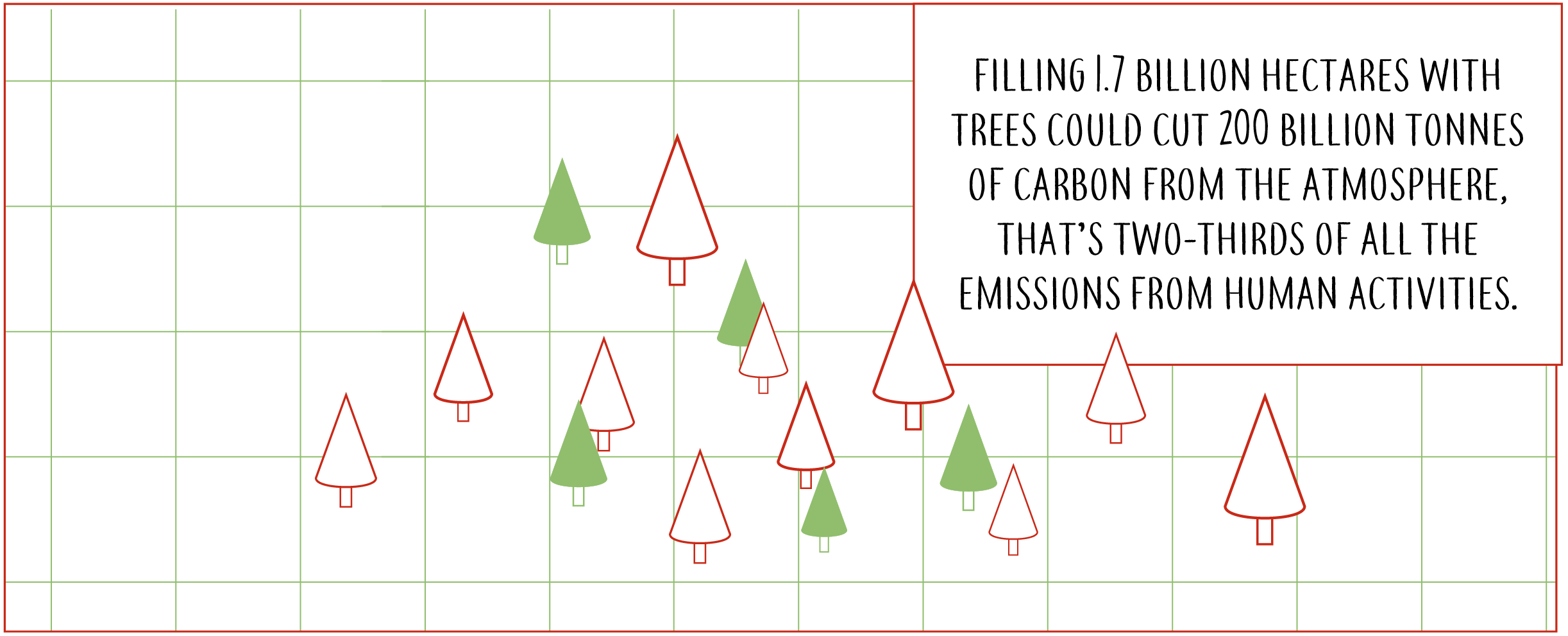As one of our oldest natural resources, wood isn’t something we particularly think about often. However, the 3.04 trillion trees on the planet have kept us alive for millions of years. To teach us more about timber and what it does for us, here are our top 20 weird and wonderful wood facts, including facts about trees and deforestation statistics.
Related: How Many Trees Are There in the World?
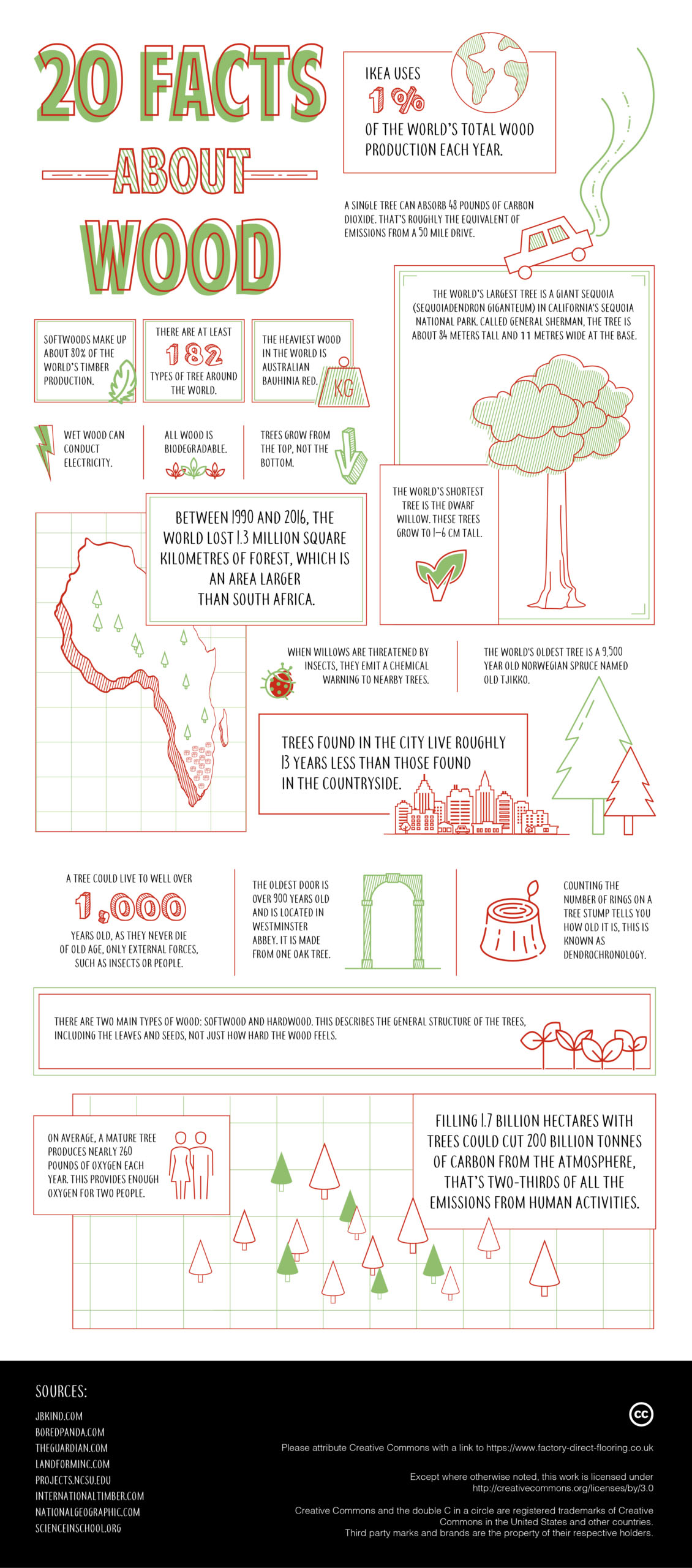
-
IKEA uses 1% of the world’s total wood production each year
According to the Pacific standard, IKEA uses 17.8 million cubic yards of commercial wood each year. For us Brits, that's 13.6 million cubic metres.
-
There are two main types of wood, softwood and hardwood
This describes the general structure of the trees, including the leaves and seeds, not just how hard the wood feels.
| Softwood | Hardwood |
| Cedar | Birch |
| Fir | Ash |
| Pine | Cherry |
| Redwood | Mahogany |
| Walnut | Maple |
| Oak | |
| Poplar | |
| Teak |
-
Softwoods make up about 80% of the world’s timber production
This is because they are generally easier and cheaper to work with than hardwoods. Softwoods are used in paper, furniture and building components, such as windows and doors.
-
Wet wood can conduct electricity
Wood is generally non-conductive, however, according to Cut the Wood, if the wood is wet or damp it can conduct electricity at a low voltage.
-
There are at least 182 types of tree around the world
70 types of tree can be found in Britain according to the Woodland Trust, these are either native or non-native, meaning they have been brought to the UK by humans.
-
The world’s largest tree is a giant sequoia (Sequoiadendron Giganteum) in California's Sequoia National Park called General Sherman
This tree is about 84 meters tall and 11 metres wide at the base and is thought by many to be the largest living organism in the world.
-
The world’s shortest tree is the dwarf willow
These trees grow to be roughly 1-6 cm tall and live in northerly and Arctic Tundra regions.
-
Counting the number of rings on a tree stump tells you how old it is
This is known as Dendrochronology and according to Environmental Science was developed by American Astronomer A E Douglass around 1900.


-
The heaviest wood in the world is Australian Bauhinia Red
This can also be known as Lysiphyllum cunninghamii and is native to Northern Australia.
-
The oldest door is over 900 years old and is located in Westminster Abbey
The BBC states the oldest door is made from one oak tree and measures roughly 6.5 feet high and 4 feet wide. It was put in place during the reign of Edward the Confessor.
-
A tree could live to well over 1,000 years old
This is because trees never die of old age, only external forces, such as insects or people.
-
Trees emit a chemical warning to nearby trees
When willows are threatened by insects, they can secrete tannin which is a chemical warning for nearby trees.
-
The world's oldest tree is a 9,500-year-old
This is a Norwegian Spruce which was discovered and carbon dated by Professor Leif Kullman, who, according to the Telegraph, chose to name it after his Siberian husky 'Old Tjikko'.
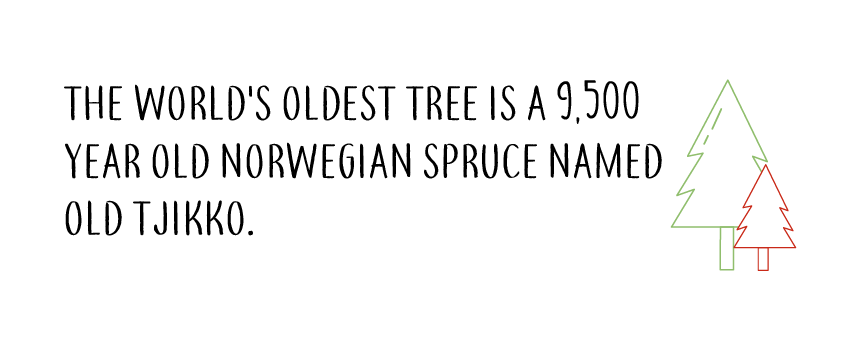
-
Trees found in the city live roughly 13 years less than those found in the countryside
According to Science Daily, Urban trees grow faster and die younger than rural trees, meaning they will absorb significantly less CO2 over their lifetime.

-
All wood is biodegradable
Meaning it can be decomposed by bacteria or other living organisms, as well as water, fire and air.
-
Trees grow from the top, not the bottom
Which means the branches move up as the base of the trunk grows thicker and taller.
-
Between 1990 and 2016, the world lost 1.3 million square kilometres of forest, which is an area larger than South Africa
According to National Geographic, since we started cutting down forests, a total of 46% of the world's trees trees have been cut down and 17% of the Amazonian rainforest has been destroyed in just 50 years.
-
On average, a mature tree produces nearly 260 pounds of oxygen each year
Dr Anne Marie Helmenstine states that this provides enough oxygen for two people and that two mature trees can provide enough oxygen for a family of four.
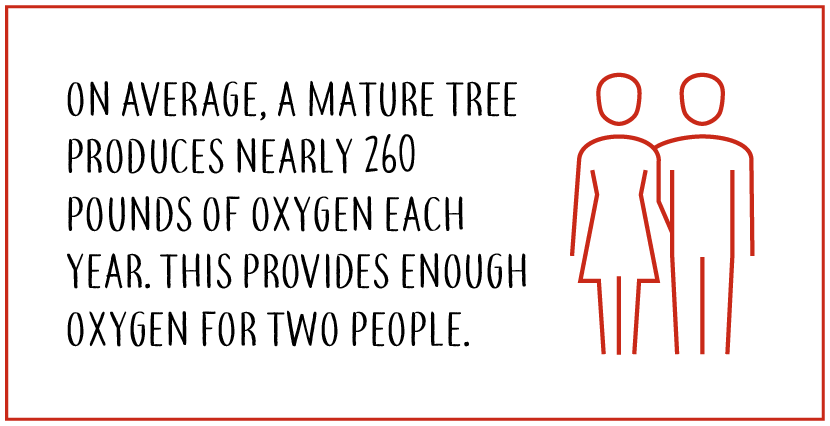
-
A single tree can absorb 48 pounds of carbon dioxide a year
That’s roughly the equivalent of emissions from a 50-mile drive. Whereas one acre of trees can annually consume carbon dioxide equivalent to a 26,000-mile drive.
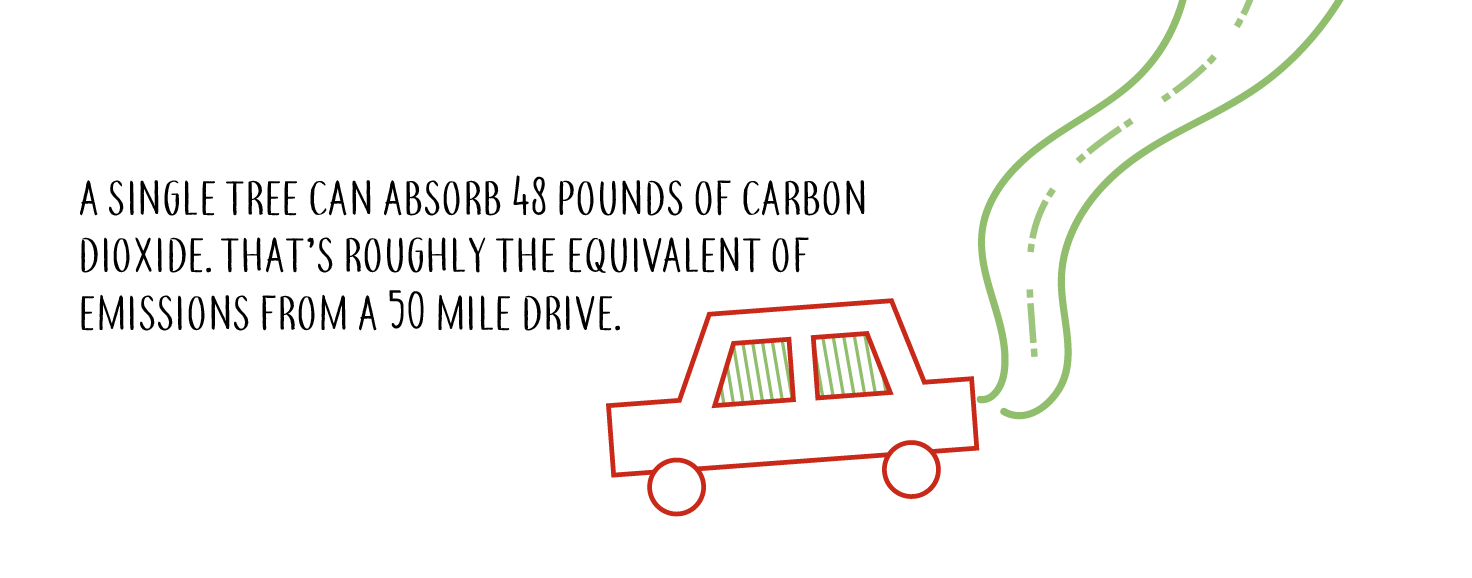
-
Filling 1.7 billion hectares with trees could cut 200 billion tonnes of carbon
That’s two-thirds of all the emissions from human activities. An analysis, reported by the Guardian, found there are 1.7 billion hectares of treeless land, which is equivalent to China and the US combined. Here 1.2 trillion native tree saplings could naturally grow.
